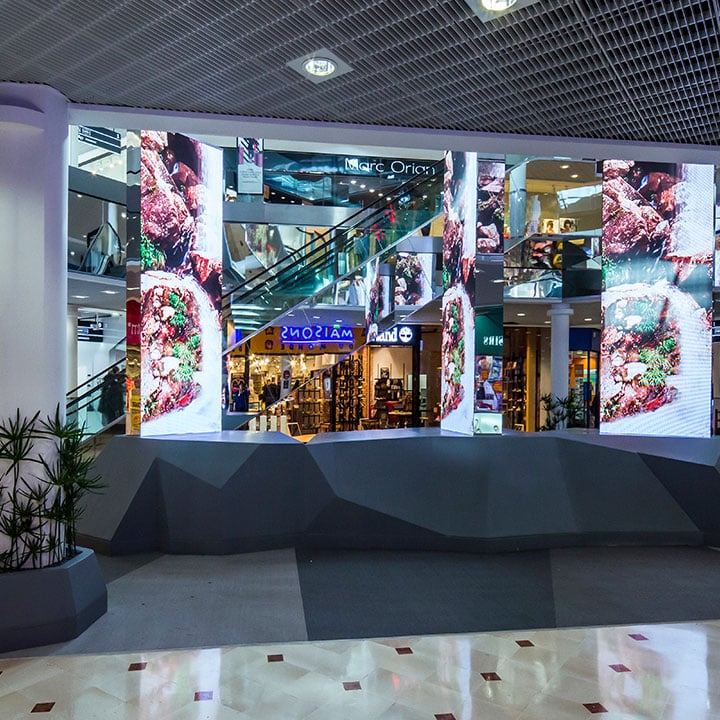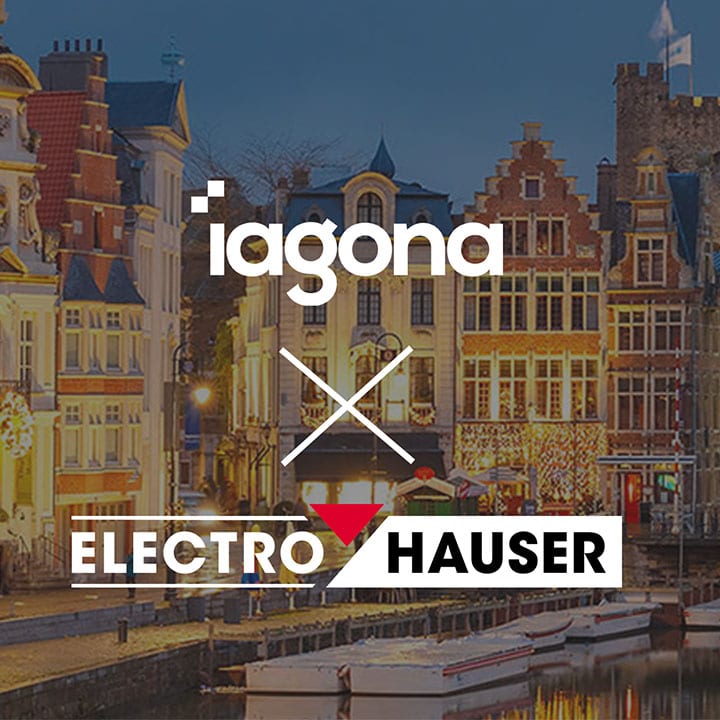Blog,
The impact of digital dignage in advertising
21 December 2018
Digital signage is now part of the urban space, gradually replacing traditional signage. Its implementation thus participates in the adventure of “Smart Cities“: these modern cities, promoting mobility and connectivity.
The Digital Out Of Home (DOOH) is used to designate digital or digital advertising in outside a contrario of the advertising diffused on the screens present on its place of residence. Out-of-home digital advertising or communication, is distinguished from Internet or mobile advertising by its direct presence on the catchment areas, or urban mobility zones.
It is not uncommon for cities to invest in DOOH digital outdoor advertising to inform their citizens about community life, local initiatives, practical information and so on. Wisely placed, DOOH can be used to broadcast advertising, for example to attract a flow of customers to a shopping area.
According to an Intel study conducted in 2012, digital signage has 10 times more impact than a traditional display and allows an optimal memorization rate.
Dynamic point-of-sale advertising
Just like traditional POS advertising, digital signage can be used inside shops, restaurants and bars. Digital signage screens are strategically installed to encourage memorization of messages or to incite purchase.
Digital signage in retail has an undeniable impact on sales. It is not surprising that this technique is more and more popular among retail players, who are exploiting all the multimedia possibilities of digital signage to seduce or attract customers. Screens are even flourishing in the aisles of supermarkets and hypermarkets, broadcasting product demonstrations or reminders of current promotions.
Digital signage in restaurants captures the customer’s attention and helps to stimulate their senses to bring them well-being or encourage them to consume more. Brands do not hesitate to invest in all places, even the most intimate ones, such as toilets in bars or nightclubs to offer targeted advertising on VTC services for example.
Dynamic window advertising
Dynamic advertising has invested all types of signs without the surface being a criterion. For example, dynamic windows have revolutionized the real estate agency market by offering real-time information updates for the greatest benefit of customers. Brighter than paper, the screens can display more data and photos on the same property..
Dynamic display cases are a godsend for commerce in general because the distribution is no longer limited to a single product as was the case in traditional signage. Displays can continuously display images, videos, or targeted messages aimed at inciting purchase. Channels do not hesitate to use originality to surprise and mark the minds of consumers.
Digital signage and millenials
Millenials have a particular appetence for digital screens and are therefore more sensitive to digital signage. These new generations, 67% of whom would rather forget their wallet than their smartphone, are the target of new brands that are constantly using digital strategies to capture their attention.
Digital signage is the ultimate tool to reconcile them with a different shopping experience, they who have deserted physical sales areas in favor of e-commerce sites. Digital signage allows to communicate differently with millennials by pushing information on values or ethics, more than on basic price promotion.
Check out our other articles


